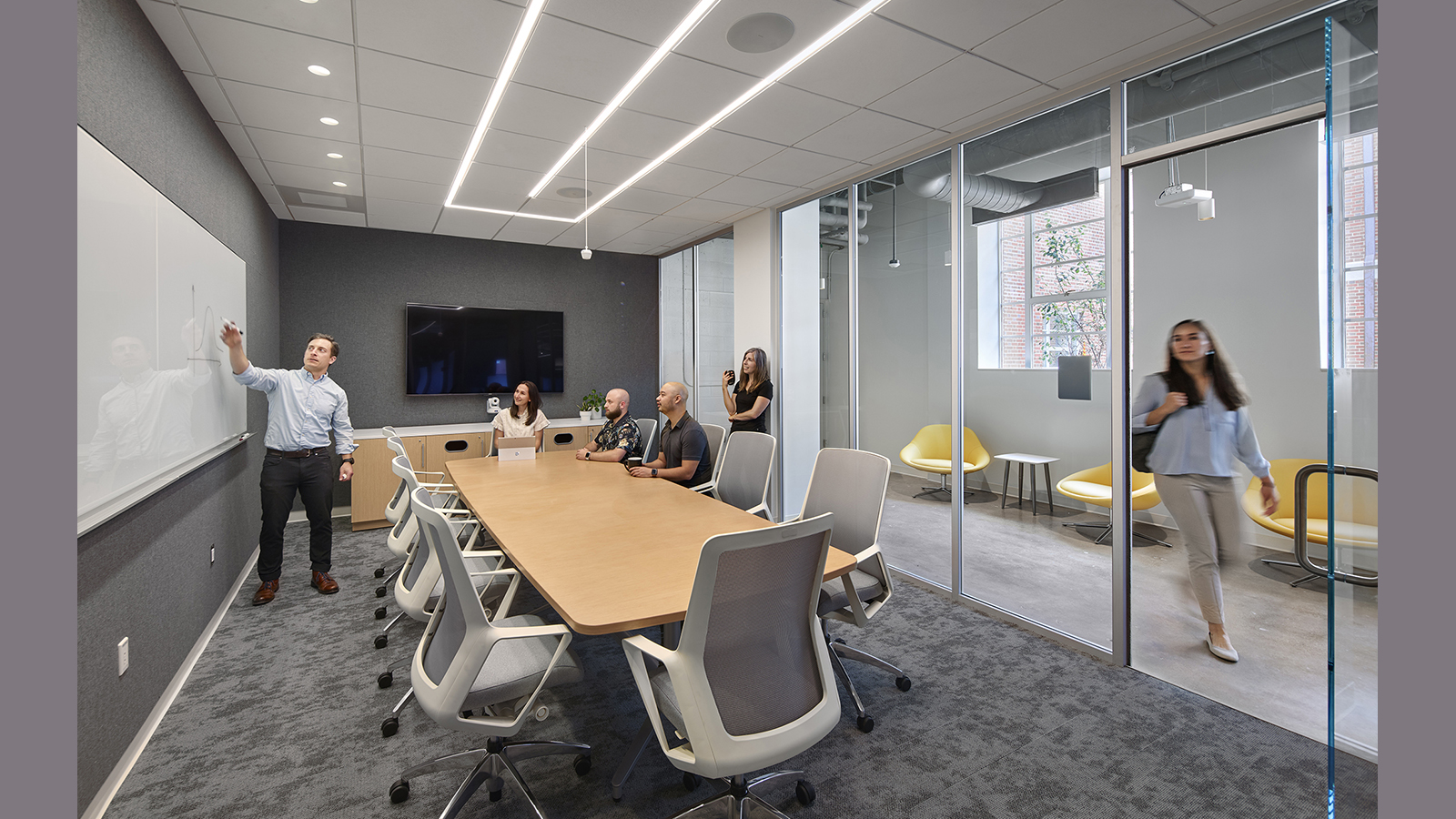Kristen Murphy
Sustainability Lead

Like other sustainability-minded people, I worry about the continued damage to the environment and try to find ways to make the greatest impact. Hopefully, our readers know that good acoustics are important, but part of sustainable design? Who cares about a noisy neighbor when sea levels are rising?
The study of ecology is founded on studying the interconnectedness of organisms and their environments. And we know that noise (i.e. unwanted sound) in our environments is harmful to both humans and animals. So let’s think of noise pollution as, well, pollution. What if we could see all of the unwanted noise we create spreading through our communities – like soot spreading from a smokestack? Like we can’t close off our lungs to polluted air, we can’t control our body’s response to noise, which can manifest in such ways as:
Although this was only a brief introduction, I hope that it starts to clarify that noise is more than a nuisance. This is why some of the biggest sustainable, health and wellness rating systems that we have available to us recognize the need for proper acoustics and have made specific acoustic criteria. This includes LEED, WELL and FitWel. In fact, acoustics is so important in some of these systems that they have become requirements.